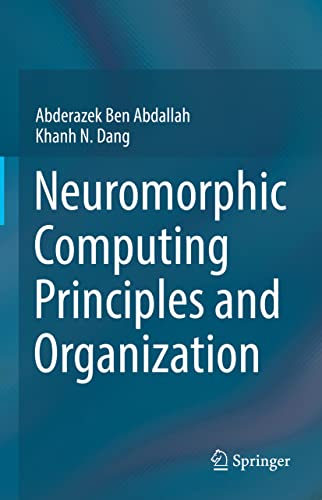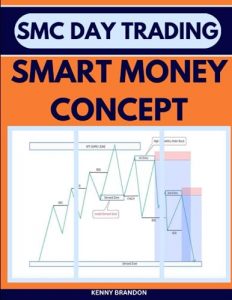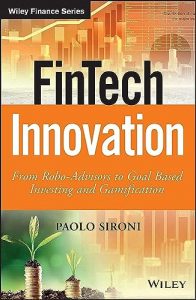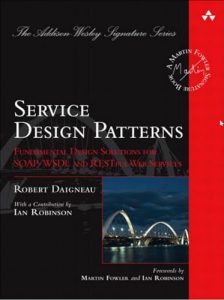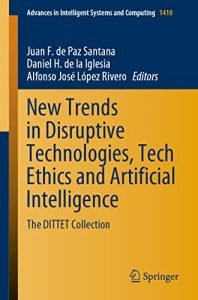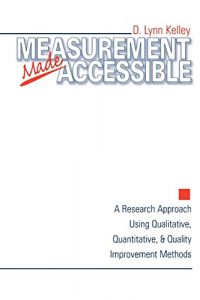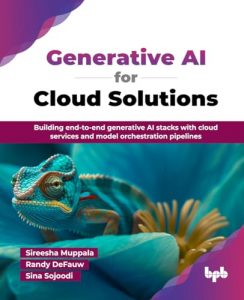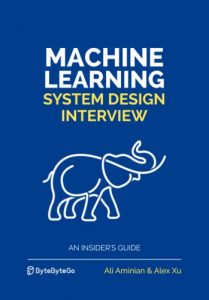Neuromorphic Computing and its Pioneering Potential
In the rapidly evolving realm of technology, neuromorphic computing stands out as a beacon of innovation. This interdisciplinary field captivates with its promise of mimicking the human brain’s neural architecture, paving the way for advanced artificial intelligence systems capable of unprecedented efficiency and adaptability. As researchers and engineers dive deeper into exploring these organic computational models, understanding the underlying principles becomes crucial for anyone involved in AI, machine learning, or computational neuroscience.
As neuromorphic systems bridge the gap between traditional computing and brain-like information processing, several books have emerged as pivotal resources. These texts not only illuminate the core concepts but also explore current innovations and future directions facing this domain. For professionals and enthusiasts alike, these references serve to catalyze deeper exploration and inspire the next wave of advancements in technology.
Featured Reviews
1. Neuromorphic Computing Principles and Organization
With contributions from leading experts in the field, “Neuromorphic Computing Principles and Organization” is an essential text that meticulously outlines the foundational theories and practical implementations of neuromorphic computing. This book provides a rich tapestry of knowledge that connects neuromorphic architecture to real-world applications, making it indispensable for both academics and professionals. Readers will appreciate its comprehensive structure that ranges from functional principles to emerging technologies, ensuring a holistic understanding of how neuromorphic systems are reshaping the landscape of computing. An invaluable resource for anyone serious about leading in this cutting-edge field.
2. Neuromorphic Computing (Artificial Intelligence)
This seminal work, “Neuromorphic Computing (Artificial Intelligence)”, dives into the nuances of artificial intelligence through the lens of neuromorphic paradigms. It’s a detailed compilation that examines neural networks modeled after biological systems, offering both theoretical insights and practical implementations. The discussions on algorithm designs and their optimization in the context of neuromorphic hardware are particularly noteworthy. This book is a must-read for AI practitioners focusing on enhancing computational efficiency while pushing the boundaries of what artificial intelligence can achieve.
3. Neuromorphic Engineering: The Scientist’s, Algorithms Designer’s and Computer Architect’s Perspectives on Brain-Inspired Computing
“Neuromorphic Engineering” is an engaging exploration of how engineering intersects with neuroscience. The book features a range of perspectives from scientists, algorithm designers, and computer architects, providing a multi-faceted view of brain-inspired computing. Its detailed analysis of contemporary approaches and emerging neural technologies makes this volume a treasure trove of insights for interdisciplinary teams looking to innovate on neuromorphic applications.
4. Neuromorphic Computing for Computer Scientists
This guide is specifically tailored for computer scientists wanting to explore the practical aspects of neuromorphic computing. It focuses on the Dynex Neuromorphic Cloud Computing Platform, offering hands-on approaches that bridge theory with practical application. Its accessible language and structured content make it an inviting text for those new to the field, while still providing value to seasoned professionals seeking to enhance their skill set.
5. Spintronics-Based Neuromorphic Computing
This book takes a deep dive into spintronics as a means of enhancing neuromorphic computing capabilities. With a focus on cutting-edge research, it presents a compelling narrative on how spintronics can revolutionize traditional methods of computation. For anyone interested in hybrid computing systems that combine spintronics with neuromorphic architectures, this text provides both theoretical discussions and insights into practical applications that are setting trends in the industry.
6. Neuromorphic Computing and Beyond
This engaging work explores concurrent topics surrounding neuromorphic computing, including near-memory computing technologies, approximation techniques, and quantum approaches. It offers a comprehensive survey of current trends and future prospects of the field. The integrative approach of combining various paradigms gives a well-rounded perspective ideal for advanced readers seeking to explore the intersections of neuromorphic computing with emerging technologies.
7. Neuromorphic Computing: Principles, Challenges, and Future Directions
In this book, the authors synthesize a rich pool of knowledge, examining the principles, challenges, and future trajectories of neuromorphic computing. It addresses pressing questions and evolving challenges in the field while also exploring the potential innovations on the horizon. This volume is ideal for both newcomers and experienced researchers or practitioners aiming to deepen their understanding and stay apprised of future directions.
8. The Rise of Neuromorphics: A future with complex adaptive artificial brains
In “The Rise of Neuromorphics”, the author captures the imagination by delving into the future possibilities of neuromorphic technologies. This book is both visionary and practical, discussing how adaptive artificial brains can coexist with current methodologies while significantly enhancing computational capabilities. It’s an easy read for anyone curious about the future landscape of computing and the role of neuromorphics therein.
9. Learning in Energy-Efficient Neuromorphic Computing
This unique volume combines algorithm design with architectural strategies in the context of energy-efficient neuromorphic computing. Providing insightful analyses of co-design approaches, it addresses the critical need for energy efficiency in the design of cutting-edge technologies. A vital read for computer architects and designers focused on sustainable, innovative computing solutions.

